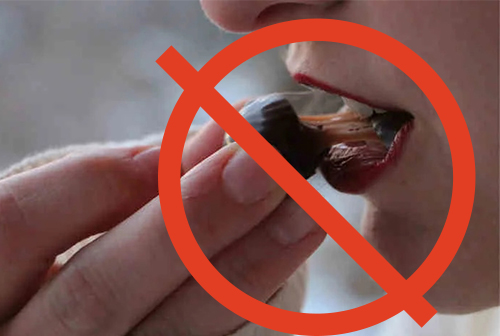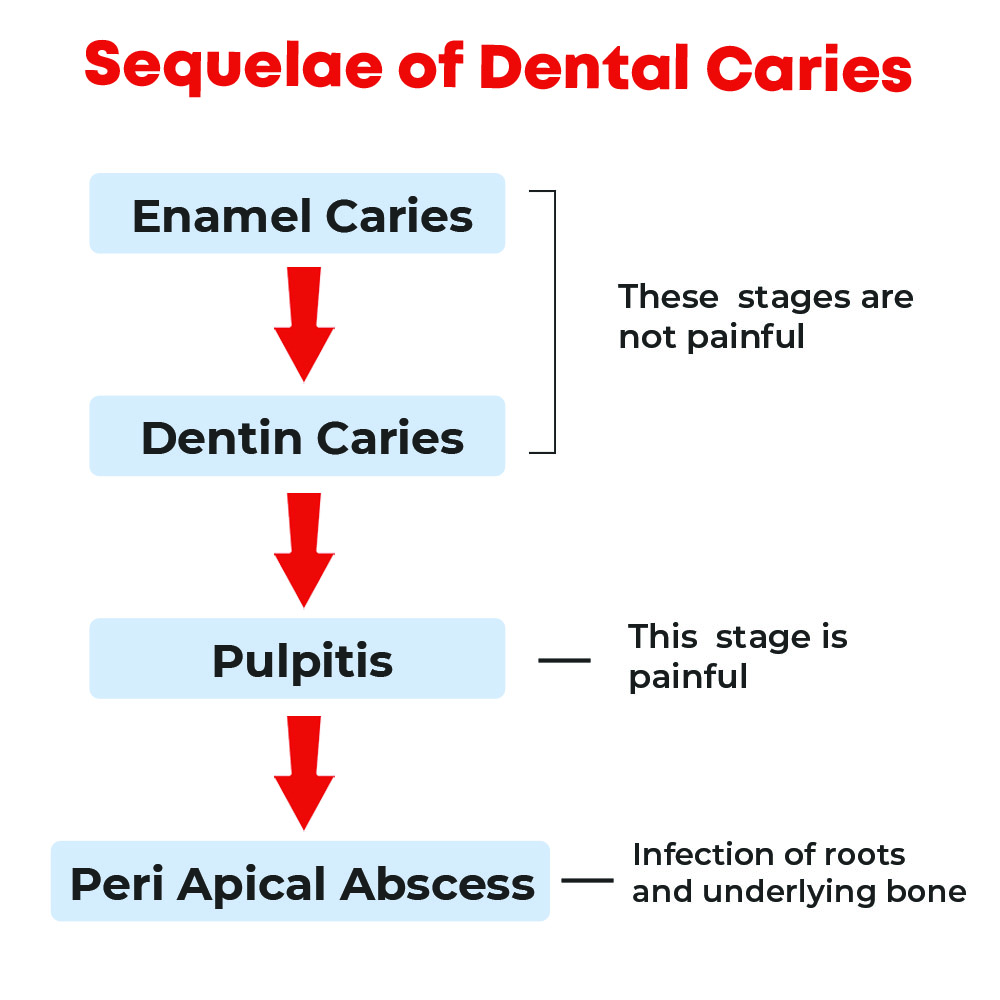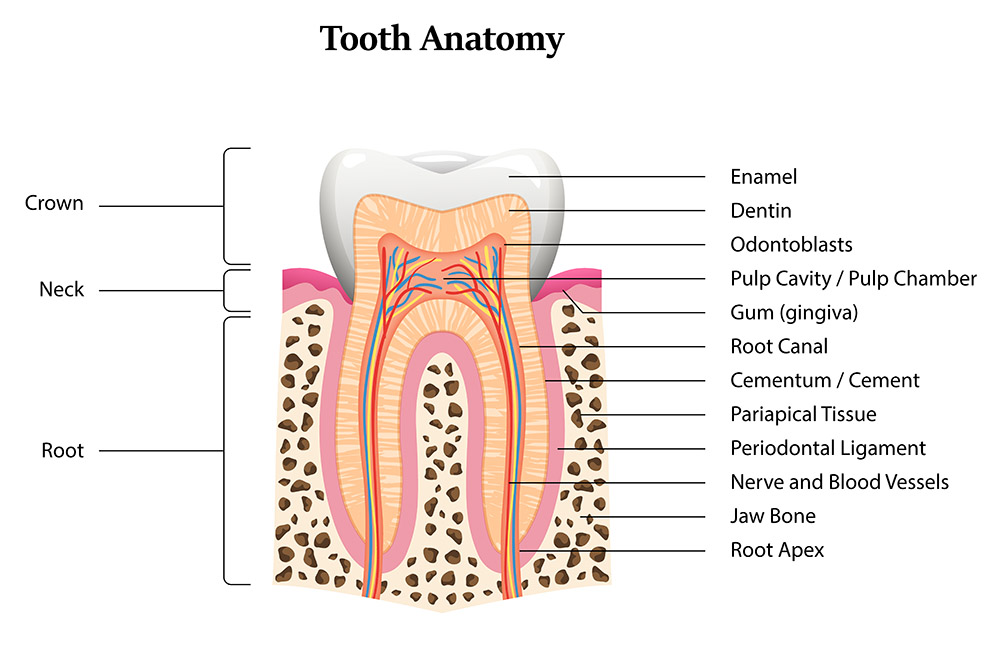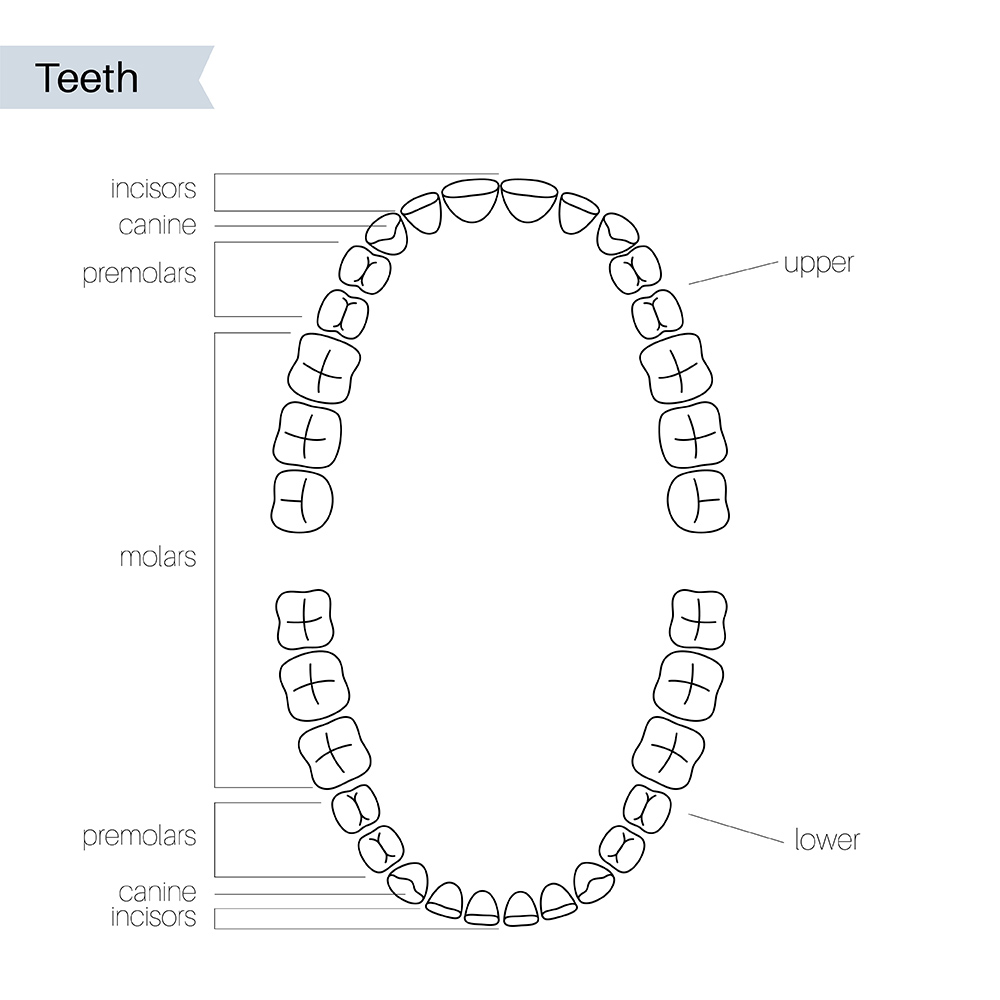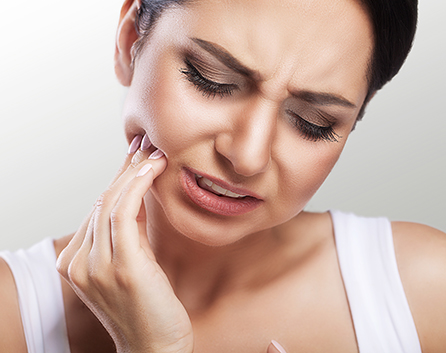What is Sequela?
Teeth can be damaged or lost due to dental caries, trauma, erosion, attrition, and abrasion.
What is Dental Caries?
So, Dental caries is defined as a complex, infectious, and transmittable oral illness that develops over time as a result of the complex interaction between cariogenic oral flora (biofilm) and fermentable food carbohydrates on the tooth surface.
Untreated caries can spread through the dentine to the pulp, which becomes irritated (pulpitis). This inflammation causes severe, long-lasting pain within the boundaries of the pulp chamber (toothache). The pulp eventually dies due to inflammation. Inflammation can then extend around the tooth apex, causing an abscess, granuloma, or cyst.

1. Enamel Caries (Changes in Enamel):
2. Dentin Caries
3. Pulpitis
The majority of cases of pulpitis are mostly brought on by dental caries, in which bacteria or their byproducts infiltrate the dentin and pulp tissue.
This causes severe, chronic pain inside the narrow confines of the pulp chamber, and the pulp eventually undergoes necrosis.
4. Peri Apical Abscess (Infection of Roots & Underlying Bone)
A periapical tooth abscess is frequently caused by an untreated dental cavity, an injury, or previous dental procedure.
A periapical tooth abscess occurs when germs reach the dental pulp. The pulp is the internal component of the tooth that contains blood vessels, nerves, and connective tissue.
Bacteria enter the tooth through a dental cavity, a chip, or a fracture and spread all the way to the root. The bacterial infection may result in swelling and inflammation at the root’s tip.
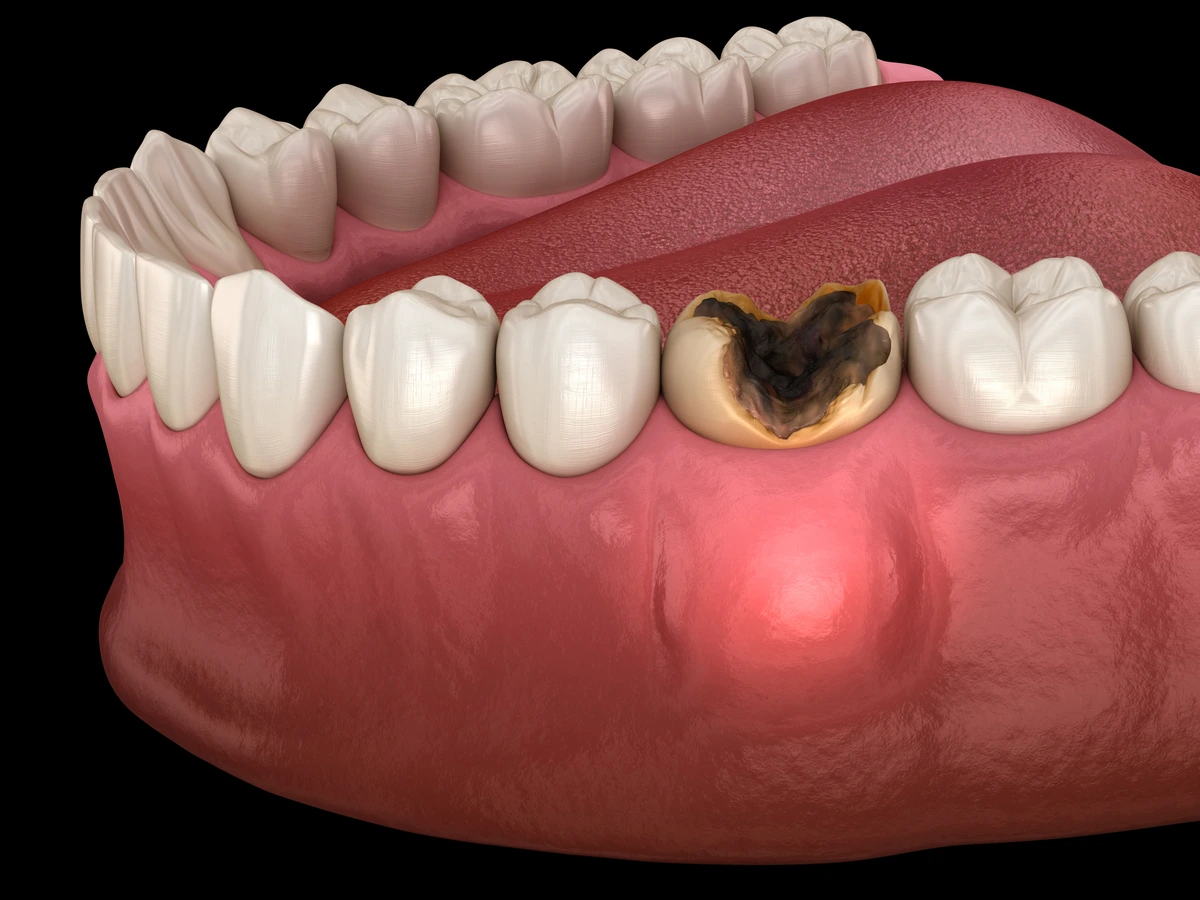
Common symptoms of dental caries
Dental caries symptoms are often confined to the mouth. They consist of:
• Holes in the surface of a tooth
• Pain when chewing
• Sensitivity to hot or cold foods and beverages
• Toothache
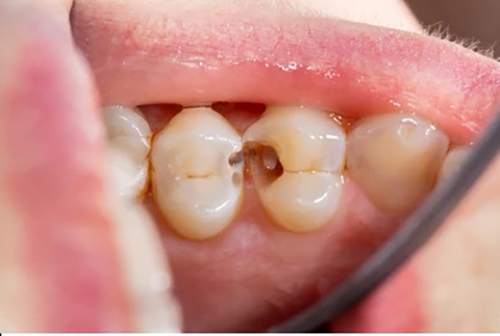
Causes of Dental Caries
Plaque and tartar, along with bacteria and acids, can erode the enamel on your teeth, resulting in dental caries, also known as cavities. Dental caries typically starts off as tiny, shallow holes; if left untreated, they can grow larger and deeper and can result in tooth loss or destruction.
Risk factors for dental caries
• Advancing age (older teeth form plaque more quickly)
• Dry mouth (inadequate salivation)
• Excessive consumption of sugary, starchy or acidic foods or drinks
• Poor dental hygiene
• Recessed gums
• Smoking
Prevention
• Limiting your intake of sugar, starch, and acid
• Avoiding foods that are sticky or could get stuck in your teeth (such as peanut butter or popcorn)
• Brushing your teeth twice a day is recommended.
• Flossing at least twice a day
• Fluoridation of the public water supply
• Visiting your dentist on a regular basis for routine cleanings and examinations
• Having dental sealants, or protective coatings, put on your teeth if your dentist recommends it
• Getting fluoride treatments from your dentist
• Seeking treatment for symptoms of dry mouth
• replacing sugar with artificial sweeteners
• Using antibacterial mouthwash
